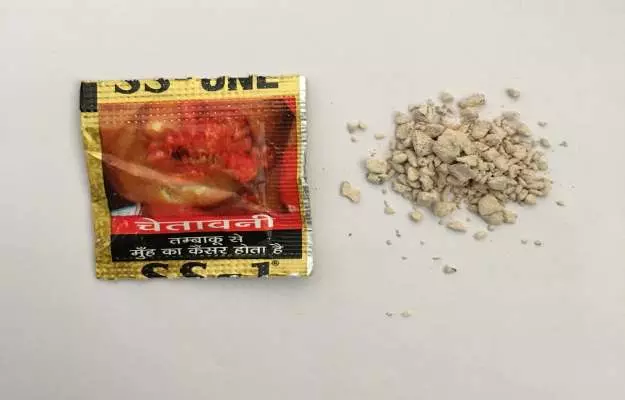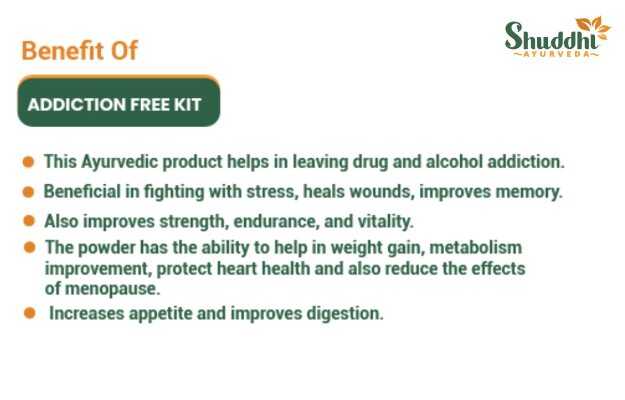If you thought the global anti-tobacco campaign—observed as World No Tobacco Day on 31 May each year—was only about smoking cigarettes, cigars, pipes or bidi, think again. The leaves of the tobacco plant are not only smoked; they are widely used in chewable products or even inhaled in the form of snuff.
Tobacco is a plant which, although local to the American continents, is now grown all over the world and is a major industry. Tobacco leaves contain the highly addictive substance called nicotine as well as many hydrocarbons and chemicals responsible for many types of cancer, heart disease and respiratory diseases, among other illnesses.
The Global Adult Tobacco Survey of 2016-17 conducted in India found that 29.6% men, 12.8% women and 21.4% of all adults—amounting to 199.4 million people—were consuming smokeless tobacco products in the country alone. Various health agencies and the government have been trying to deter the use of such products through advertising and anti-tobacco campaigns. But there is a long way to go before the dependency on tobacco is significantly reduced.





















